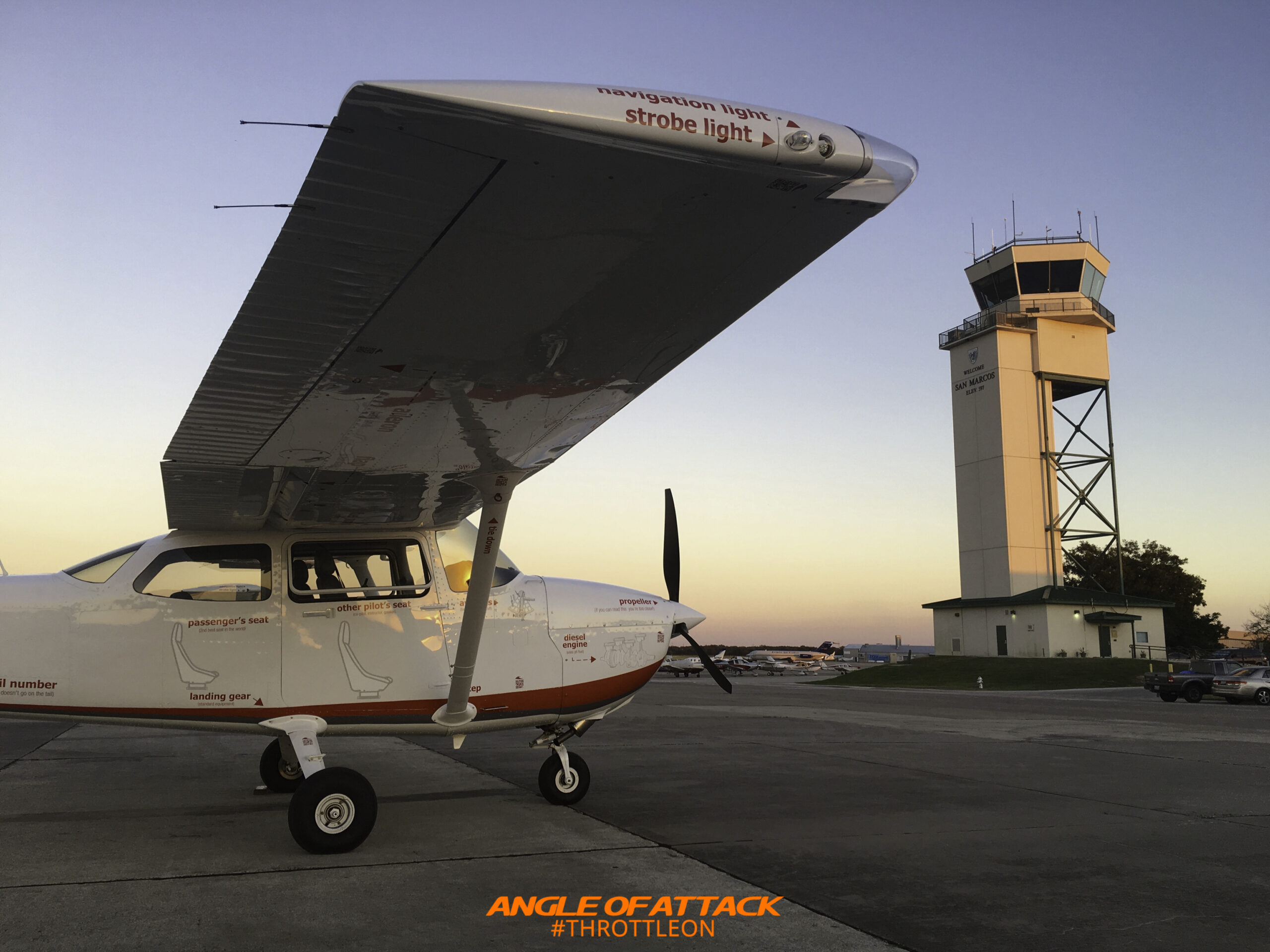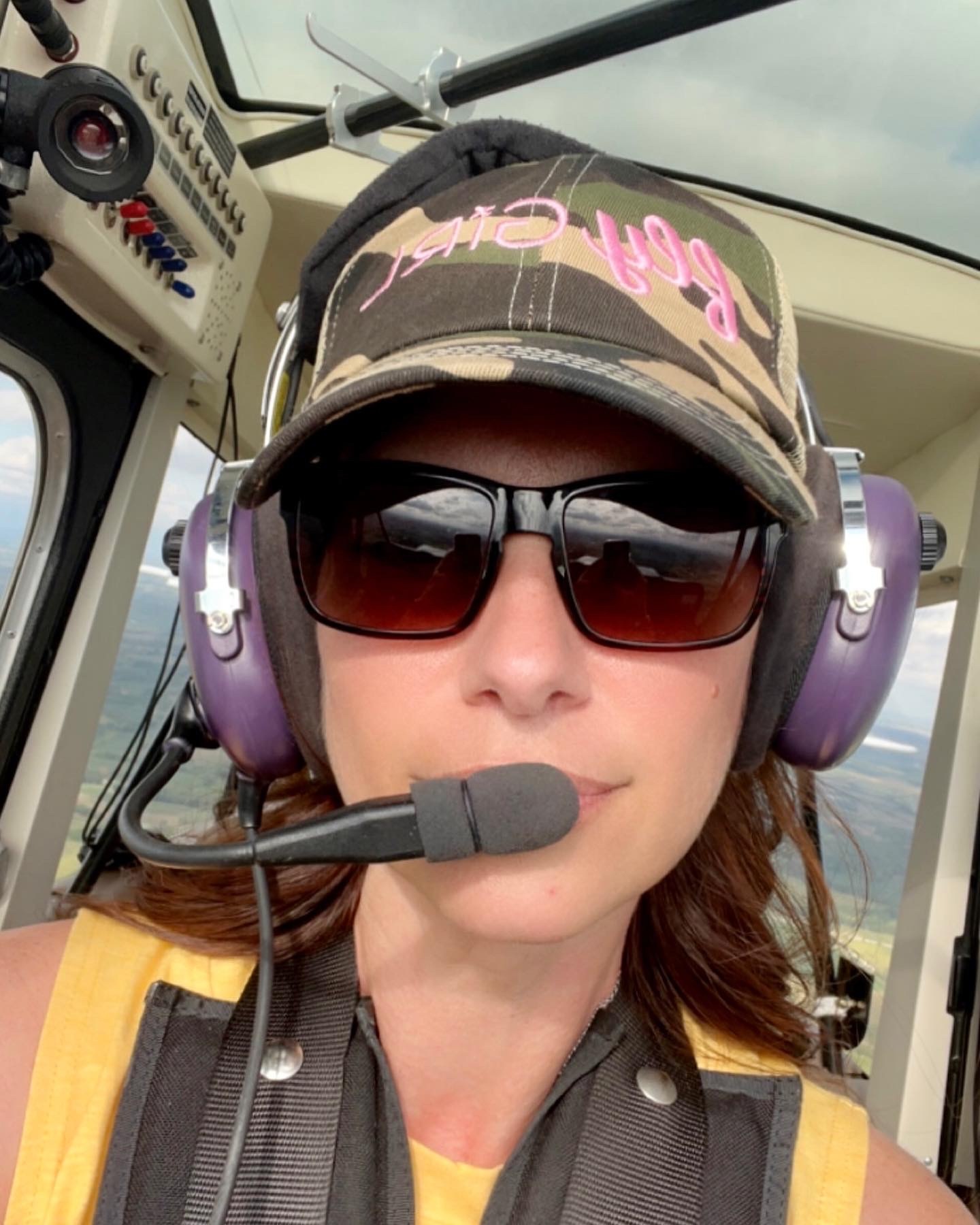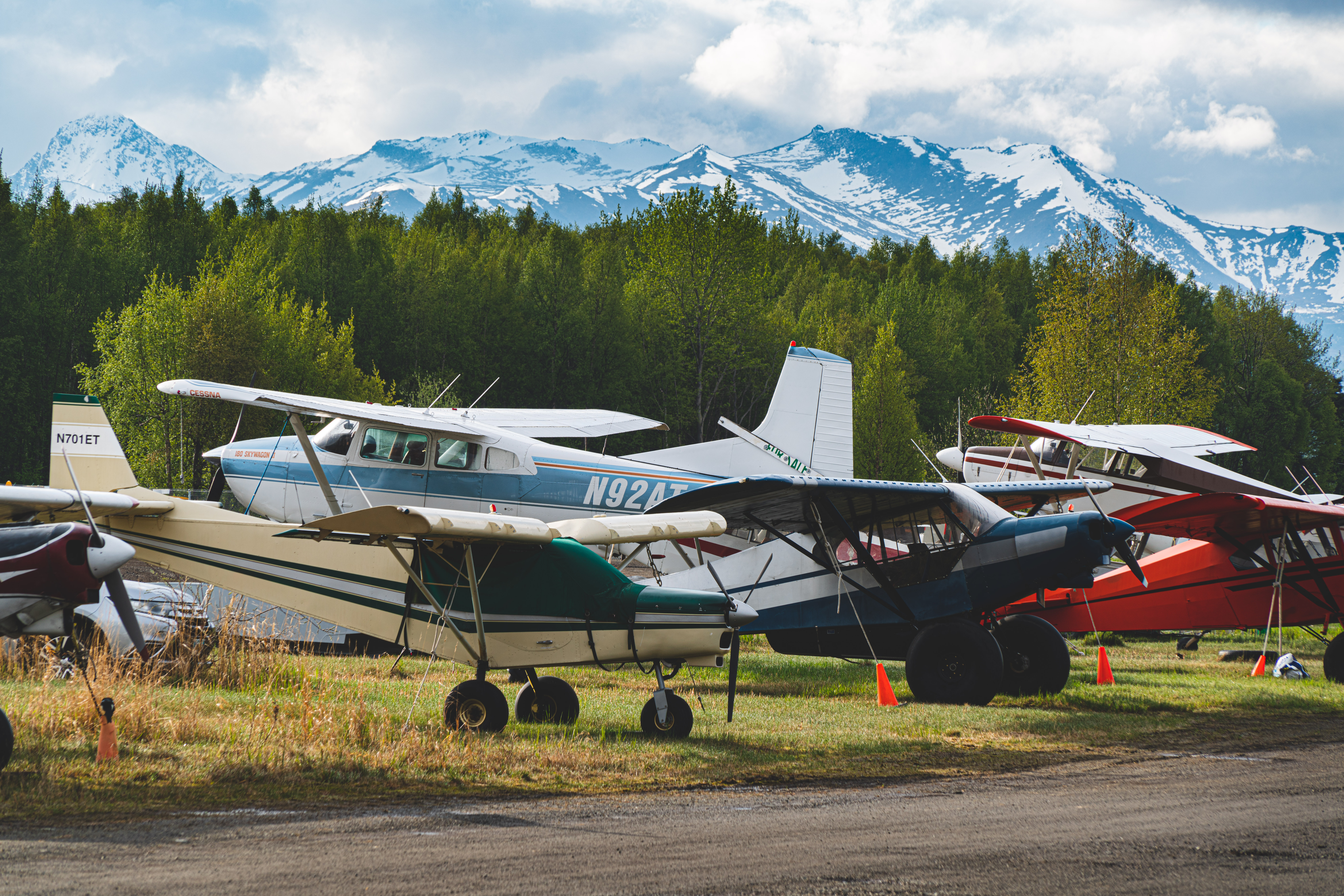
Flight training is an exciting and rewarding pursuit for anyone who dreams of soaring through the skies. However, it can also be a significant financial investment. With the average cost of flight training ranging from $8,000 to $15,000 or more, it’s essential to explore various financing options to make your dream a reality. In this article, we will discuss a few ways to finance your flight training, making it more accessible and manageable. By understanding these options and planning accordingly, you can take to the skies without the burden of financial stress.
Personal Savings
One of the most straightforward methods of financing flight training is by using your personal savings. Setting aside money regularly in a dedicated savings account can help you accumulate funds over time. The advantage of using personal savings is that you won’t have to worry about interest payments or managing loans. However, saving for flight training can take a considerable amount of time and discipline, particularly if you have other financial commitments.
If you decide to invest your savings into flight training here are a few helpful tips. First, create a budget and track your expenses to identify areas where you can cut costs. Also, you can set up an automatic transfer to a dedicated flight training savings account. Another tip is to look for high-yield savings accounts that offer competitive interest rates.
Scholarships and Grants
Scholarships and grants can provide a significant source of funding for aspiring pilots, often covering a large portion of the training costs. These awards are typically merit-based, with eligibility criteria ranging from academic achievement to community involvement. To maximize your chances of securing a scholarship or grant, it’s essential to research available opportunities and submit well-prepared applications.
Resources for finding scholarships and grants:
- Aircraft Owners and Pilots Association (AOPA) Scholarship Program
- Experimental Aircraft Association (EAA) Scholarships
- Women in Aviation International (WAI) Scholarships
- National Business Aviation Association (NBAA) Scholarships
Flight School Payment Plans
Many flight schools offer payment plans or in-house financing options to help students manage their training costs. These plans typically involve making an initial down payment followed by regular installments throughout the course. The terms and conditions of these payment plans vary between schools, so it’s essential to discuss your options with the flight school before enrolling.
If you are considering a flight school payment plan keep these things in mind. Look for the best interest rates and fees. Always check on the flexibility in adjusting payment schedules. One other tip is to check on potential penalties for early repayment or missed payments
Personal Loans
If personal savings and scholarships aren’t enough to cover the costs of flight training, a personal loan can provide additional funding. Personal loans can be obtained from banks, credit unions, or online lenders and offer varying interest rates and repayment terms. Before applying for a personal loan, it’s crucial to research different lenders and compare their offerings to find the best deal.
A few things to consider when choosing a personal loan are Interest rates and fees, loan term and monthly payment amount, and prepayment penalties or other restrictions
 Federal and Private Student Loans
Federal and Private Student Loans
For those pursuing a career in aviation and enrolling in an accredited flight school or college aviation program, federal and private student loans are available. Federal student loans generally offer lower interest rates and more favorable repayment terms compared to private loans. To apply for federal student loans, you must complete the Free Application for Federal Student Aid (FAFSA).
Private student loans can be obtained from banks, credit unions, and other lending institutions. These loans typically have higher interest rates and less flexible repayment terms than federal loans. However, they can provide additional funding if more than federal loans are needed to cover your flight training costs.
Learning to fly has an expense but it’s a manageable cost. Potential pilots need to be sure to do all the research and find the best option for their life. When you are ready to kick off your flight training and fly with others who can’t keep their feet on the ground reach out to us at Angle of Attack and we will help you start your education.
Have more questions about becoming a pilot?
The FREE Total Student Pilot Course covers everything you need to know about starting your aviation journey!

Karey grew up and obtained her in private pilot’s license in Central Iowa. She fell in love with tailwheel aircraft during her primary training and obtained a tailwheel endorsement the week following her private pilot checkride. She is eager to obtain her seaplane rating and is merging her passion for flying with her prior work career. Karey has a background in marketing, editing, and web design after graduating from Simpson College. When she is not flying or working, Karey enjoys anything related to technology and admits she can be a bit of a nerd. She also has discovered a love for virtually all outdoor pursuits, with a special fondness for climbing, shooting, and hiking.

Stay Connected
Be the very first to get notified when we publish new flying videos, free lessons, and special offers on our courses.






